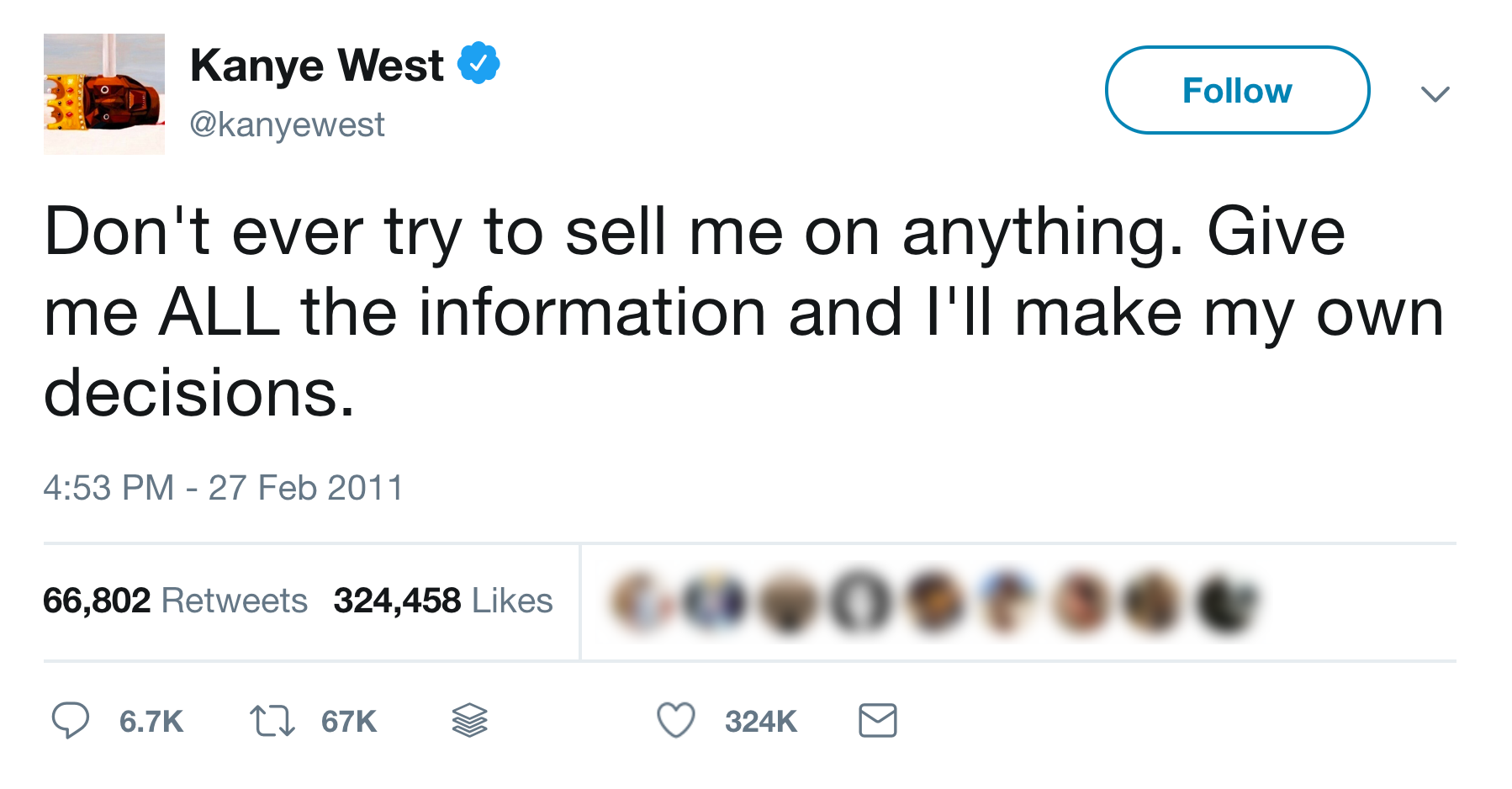Would you, a potential consumer, trust a service provider who didn’t give any indication of their price on their website?
That’s the question I asked my friends and here are the answers I got back. I’ve split them into pros and cons.
Check out my pricing chat with marketing and sales coach Vicki O’Neill on her Connect The Dots podcast episode 44:
Pros – in favour of sharing prices.
✅ Trust.
A trustworthy-looking website that also shares its prices is likely to be seen as even more trustworthy.
As one commenter said: “This isn’t about price. This is about trust and confidence, and trust matters more than ever.”
✅ Differentiator.
In a field where others aren’t sharing their prices, your business could take the lead by sharing your prices. I’ve done this for my technical writing business, and it’s helped me attract more interest. I’ve written a blog series about technical writing prices.
Making things convenient for customers is important. One respondent said: “For me it’s not so much a question of trust, but one of convenience. If I were searching for an approximate idea of price the absence of that detail would probably cause that service provider’s site to slip off my radar.”
✅ Time-saver.
Displaying a ballpark price could save you a lot of time. Someone who wants a blog post written for £20 shouldn’t come to me, for example. I can save my time and a prospective client’s by telling them that on my website. For me, that’s great because it gives me more space to concentrate on the people who want to work with me.
Many people appreciate the time-saving aspect of seeing a price. One person said: “I can be quite shy about approaching people or companies for quotes (entirely irrational, I know), so it’s not that I trust them more, but I’m more likely to look favourably on people who help me skip that part of my initial research.”
And here’s another respondent in favour of saving time by quoting prices: “The pricing I have is to ward off people who would just waste my time and are wanting the project based on cost. I want clients who value my skills, and by being up front with a price range I know if a client contacts me, then I know they are serious.”
Cons – not in favour of sharing prices.
❌ It depends.
A lot of people see their services as difficult to price, because they deliver a tailored offering for each customer. A price range would be too broad to be meaningful, and so they don’t display any prices at all.
❌ It doesn’t matter.
Several respondents said that not seeing a price wouldn’t deter them. One person said: “If a price isn’t given, I assume that the vendor needs more information from me before they can give a price and it doesn’t put me off.”
❌ It isn’t common practice.
Most service providers (the ones I often come across, anyway) tend not to share their prices. Others will see this and follow suit. “It’s not the done thing.” I was of that mind for a long time.
❌ Different business streams.
It’s tricky to display prices when you offer two or more services whose costs differ significantly.
Say you charge £1000 per day for consulting and £200 per day for editing. This could lead to some misconceptions and difficult conversations.
“£1000 for an editor? Pass!”
“You charged Bob £200. Can’t you do that for me, too?”
So, publishing both prices could be a bad move: you might end up alienating both your target markets. And publishing just one price probably wouldn’t work either. It might really be safer not to publish any prices at all.
❌ Race to the bottom.
Some respondents thought that displaying prices might lead to an undercutting exercise, with clients ending up looking for providers who offer their services for $5. That’s a perfectly fair concern. What this tells me is that we need to do everything in our power to show our audience that we’re able to give them something they can’t get elsewhere for $5.
The content marketer Mark Schaefer says that we all operate in the business of trust. Whoever is the most trusted will never be short of business. This is a great message to counter the fears of the race to the bottom: building trust will mean you can find the clients who will be willing to pay your rates, because they want to work with you.
More quotes from respondents.
Here I’m sharing a load of extra responses I’ve seen since posting the original question.
My take on pricing.
I’ve already said that I’m happy to share my rates, and you can see the result on my Pricing page. But I accept that this won’t be for everyone.
Publishing your prices alone is not the magic bullet that suddenly makes everyone trust you. But what helps to build trust is an openness to discussing pricing. That doesn’t mean displaying pounds and pence: it means being willing to have a public conversation about the things that affect pricing in your business.
There could be good reasons why you don’t share your prices publicly. That’s fine. Talk about those reasons. Give potential customers the information they need to make a positive buying decision from you.
The world’s greatest philosopher said it ages ago:

The more information the customer has before they contact you, the more likely they are to want to do business with you.
If you don’t talk about pricing, you can be sure that someone else will.
Let’s wrap up.
What do you think about service providers who don’t share their pricing? Are there any more compelling reasons for not discussing pricing on your website? I’m really interested in the answer, so pop a comment below or catch up with me on Twitter.


